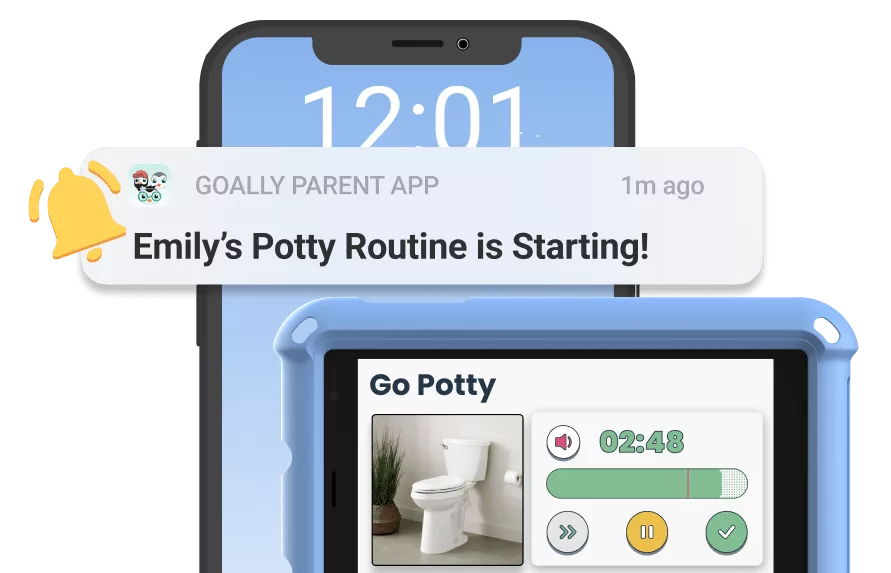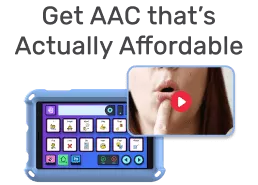Imagine the joy on your child’s face as they successfully complete a task within a set time limit. It’s a moment of triumph, a small victory in their day. This is the power of timers for kids, especially for those with ADHD and autism. As a professional working with children, I can attest to these simple tools’ transformative impact. This blog post will explore the value of timers for kids, specifically focusing on their benefits for neurodivergent children. Expect to learn about the types of timers available, how to effectively use them, and why they are a game-changer for managing daily routines.
Table of Contents
Why Timers?
As a professional working with kids, I’ve seen firsthand how timers can be a game-changer. They help children understand the abstract concept of time, making it more tangible. For kids with special needs, this can be especially beneficial. It provides a visual or auditory cue that a transition is coming, reducing anxiety and resistance. However, it’s not just about managing transitions — timers can enhance focus, promote time management skills, and foster independence.
Types of Timers for Kids
There’s a variety of timers available, each with unique features. The right one for your child depends on their specific needs and preferences. Let’s explore a few:
- Digital timers: These are simple, easy to set, and often come with an alarm. They’re great for older kids who can read numbers.
- Visual timers: These timers show the passage of time visually, which can be helpful for younger kids or those who struggle with number concepts. For instance, a sand timer or a timer that displays time as a shrinking red disc.
- Auditory timers: These timers provide auditory cues, which can be helpful for kids who respond better to sounds than visual cues.

Read more: Benefits of Using Timers in the Classroom
How to Use Timers Effectively
Using a timer can be a simple process, but there are a few tips to make it more effective. Firstly, it’s crucial to explain to your child what the timer is for. In other words, ensure they understand it’s not a race but a tool to help them manage their time. Secondly, start with short periods and gradually increase as your child gets comfortable. Most importantly, consistency is key. Use the timer regularly so it becomes a predictable part of your child’s routine.
Benefits of Using Timers for Kids with ADHD
For kids with ADHD, timers can be particularly beneficial. They can help break tasks into manageable chunks, reducing feelings of overwhelm. Moreover, they can create a sense of urgency, motivating your child to stay focused. A study even found that timers can improve time management skills in children with ADHD.

Benefits of Using Timers for Kids with Autism
Similarly, for kids with Autism, timers can provide structure and predictability, reducing anxiety around transitions. They can also support the development of independence and self-management skills. A research showed that using visual schedules, including timers, can improve independence in children with Autism.
As you can see, timers for kids, particularly those with special needs, can be a powerful tool. They offer a simple way to manage time, reduce anxiety, and promote independence. But remember, every child is unique. What works for one might not work for another. Therefore, finding a timer that suits your child’s needs and preferences is essential.

Try Goally For Your Child With ADHD
Goally is an excellent option for many families that have a child with ADHD. Use game play as a points-based motivator for your kiddo with ADHD, help them learn emotional regulation skills, and watch them grow! It’s simple to set up and has an expert-informed design.
To Wrap Up
In short, timers can be an invaluable tool in your parenting toolkit, especially if you’re raising a neurodivergent child. They can help make the abstract concept of time more tangible, easing transitions, enhancing focus, and fostering independence. Whether it’s a digital, visual, or auditory timer, the key is to find one that resonates with your child. Remember to explain its purpose, start with short periods, and use it consistently. It’s a simple step that could make a world of difference in your child’s daily routine and overall development.
Resources:
FAQs About Timers for Kids
Why are timers helpful for kids with special needs? Timers can provide structure and routine, which can be particularly beneficial for children with special needs who may struggle with organization and time management. They can also help with transitions and reduce anxiety by providing a visual representation of time. What types of timers are best for kids? There are several types of timers that can be helpful for kids, including visual timers, auditory timers, and tactile timers. Visual timers can be particularly effective for children who are visual learners or who benefit from a visual cue of how much time is remaining. How do I choose the right timer for my child? Consider your child's specific needs and preferences when choosing a timer. Some children may prefer a visual timer with a countdown, while others may respond better to an auditory timer that beeps when time is up. You may also want to consider the size and durability of the timer, as well as any special features it may have, such as a vibration option. Can timers be used for behavioral interventions? Yes, timers can be a useful tool for behavior modification. For example, a timer can be used to help a child stay on task for a specific amount of time or to encourage positive behavior by setting a goal and rewarding the child when the timer goes off. How can I make using a timer more fun for my child? There are several ways to make using a timer more engaging for kids. You could use a timer with a fun visual display or a timer that plays music when time is up. You could also make a game out of using the timer, such as seeing how many tasks your child can complete before the timer goes off.
This post was originally published on 12/28/2020. It was updated on 03/7/2024.

Goally
We help parents teach their kids life skills, like doing bedtime and morning independently. Backed by science, we incorporate evidence-based practices and expert-informed designs in all of our apps and content.



